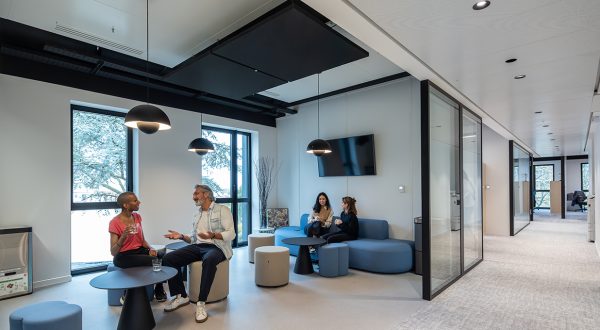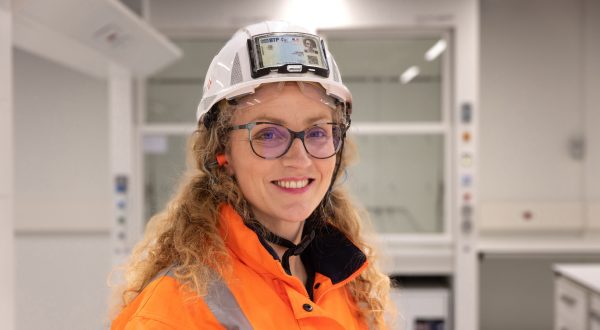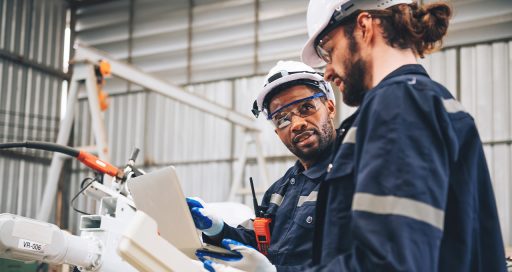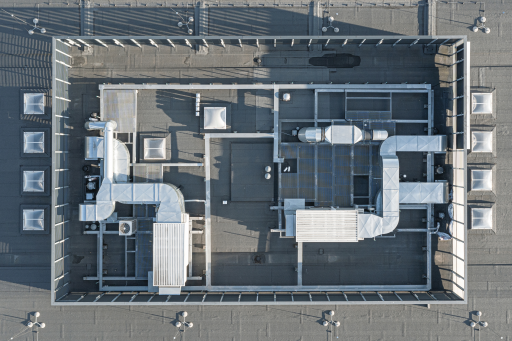IoT, the key to unlocking energy efficiency in buildings
Reading time: 3 min
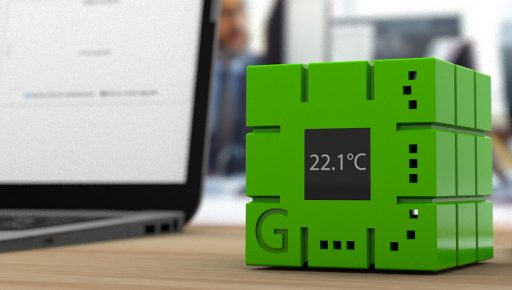
Thanks to the Internet of Things, it is now possible to continuously monitor building management, with both comfort and energy efficiency in mind.
As with any innovation that is set to disrupt business models and daily practices, smart buildings bring their share of questions. How do they work? Just how smart are they? Why do we need them? “According to our definition, smart buildings must be comfortable, usable, energy efficient and connected to the outside world,” outlines Pierre Blanchet, innovations manager for the tertiary network at VINCI Energies France.
A smart building is first and foremost achieved by balancing a number of parameters, which is where “connected things” come into play. IoT is used to design and ensure compliance with all the prerequisite criteria via intelligent and non-intrusive systems, which collect and analyse data relating to occupancy and motion, temperature, humidity, sound levels, and air quality.
Sensor cube
VINCI Facilities is working in this field with the French start-up GreenMe and its sensor cube – whose aesthetic design will facilitate adoption in offices – which continuously measures 5 comfort and health parameters. “Placed on desks, in meeting rooms or in corridors, the cubes, which are independent from the building information systems, record data via the LoRa network and transmit it to the Cloud,” explains Bertrand Beauchesne, IT Tools Director at VINCI Facilities.
This opens up a whole range of prospects. If temperature levels are considered unnecessarily high, a technician is alerted. If there is too much time between two sound recordings, this means that a meeting room is under-used (and also that it doesn’t need cleaning). On a larger scale, it will at last be possible to tackle the “phantom bookings” phenomenon.
One of the most promising initiatives is the “Digital Ceiling” project, a prototype of a smart building, created on the campus of CESI training body in Nanterre in cooperation with Axians, Cisco and Philips. Used under real-life conditions, measured and continuously monitored, the building should very soon generate valuable information that will help guide future choices in terms of smart building design, production and operation.
Implicitly, it’s the overall optimisation of space that is driving thinking. The economic implications are considerable given the price per square metre for rentals.
“The market for IoT-based energy optimisation in buildings is still being developed. But an increasing number of trials are being undertaken because the economic stakes are so high,” maintains Pierre Blanchet.
20/03/2017
